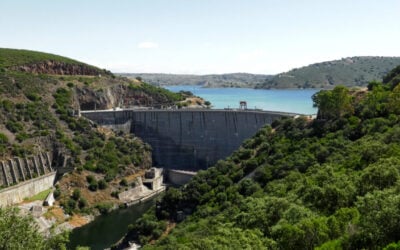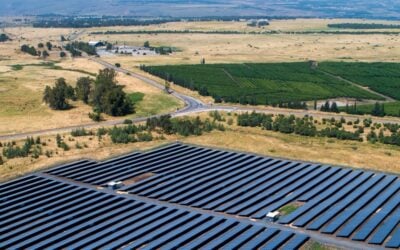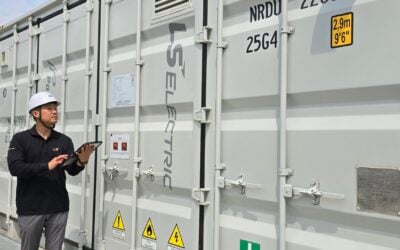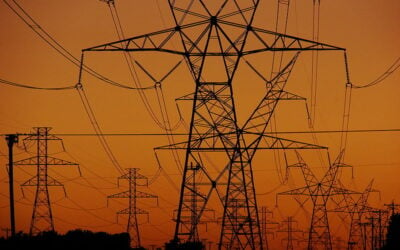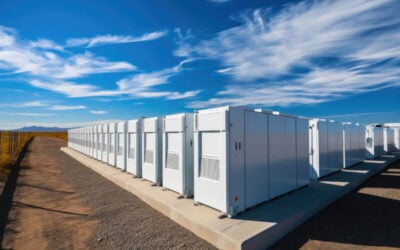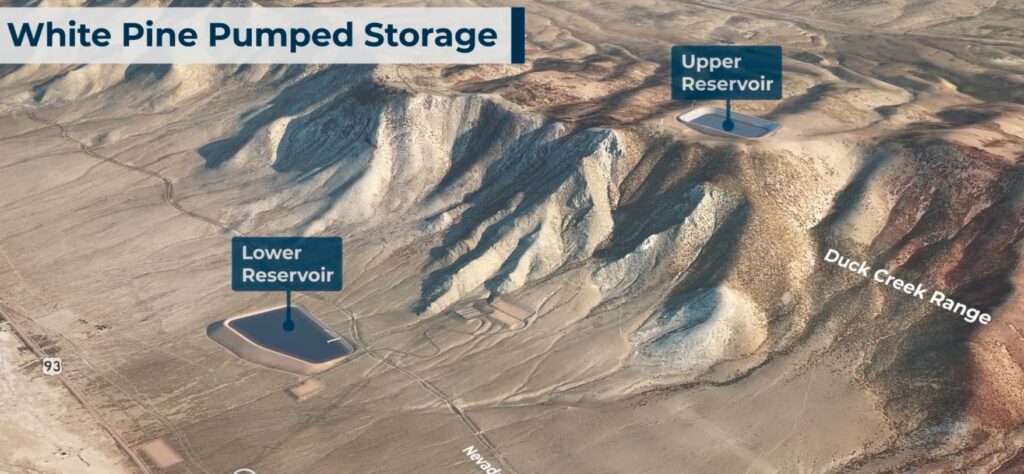
rPlus Hydro has submitted a Final License Application for a pumped hydro energy storage (PHES) plant in Nevada, US, its second Application in 2023.
The company has submitted the Application with the Federal Energy Regulatory Commission (FERC) for the White Pine Pumped Storage project located in White Pine County, Nevada.
Enjoy 12 months of exclusive analysis
- Regular insight and analysis of the industry’s biggest developments
- In-depth interviews with the industry’s leading figures
- Annual digital subscription to the PV Tech Power journal
- Discounts on Solar Media’s portfolio of events, in-person and virtual
Or continue reading this article for free
The plant would have a full power output of 1,000MW and be able to discharge that for eight hours, making it an 8,000MWh/8GWh system. That would serve about an eighth of Nevada’s peak power demand on a hot summer day, the company said.
It is the second Final License Application for a pumped hydro plant submitted to FERC so far this year by rPlus Hydro, part of rPlus Energies. In January, it did the same for the 900MW/9,000MWh Seminoe Pumped Storage project in Wyoming as reported by Energy-Storage.news.
White Pine would require an investment of US$2.5 billion and, if approved, could start construction in 2025. FERC will now undertake an environmental review and licensing process with local, state and federal agencies. Construction will take five to seven years meaning the project could come online in the early 2030s.
The upper reservoir is in the Duck Creek Range and the lower reservoir would be 2,000 feet lower in the Steptoe Valley, visualised in the above map.
An interconnection transmission line would be built as part of the project, connecting its switch station to the existing Robinson Summit substation 25 miles away.
rPlus said that the site meets all the other requirements of a pumped hydro site, a rare occurrence.
These are: a large vertical drop over a short distance, a topography that is amenable to building reservoirs, a nearby source of water for initial fall and re-fills, nearby transmission infrastructure, geology that supports engineering and long-term operation underground, and “no or low” environmental impacts.
The US currently has 42 pumped hydro plants which are operational, rPlus said. FERC only lists 24 that it has authorised and are operational, totalling 18,897MW or c.19GW of power capacity. That equates to a few hundred GWh of energy storage capacity based on the technology’s typical duration of between 6-20 hours.
One study meanwhile recently pegged the US’ potential for pumped hydro energy storage at 35TWh.
Energy-Storage.news’ publisher Solar Media will host the 5th Energy Storage Summit USA, 28-29 March 2023 in Austin, Texas. Reporter Cameron Murray will be attending both days.
Featuring a packed programme of panels, presentations and fireside chats from industry leaders focusing on accelerating the market for energy storage across the country. For more information, go to the website.

